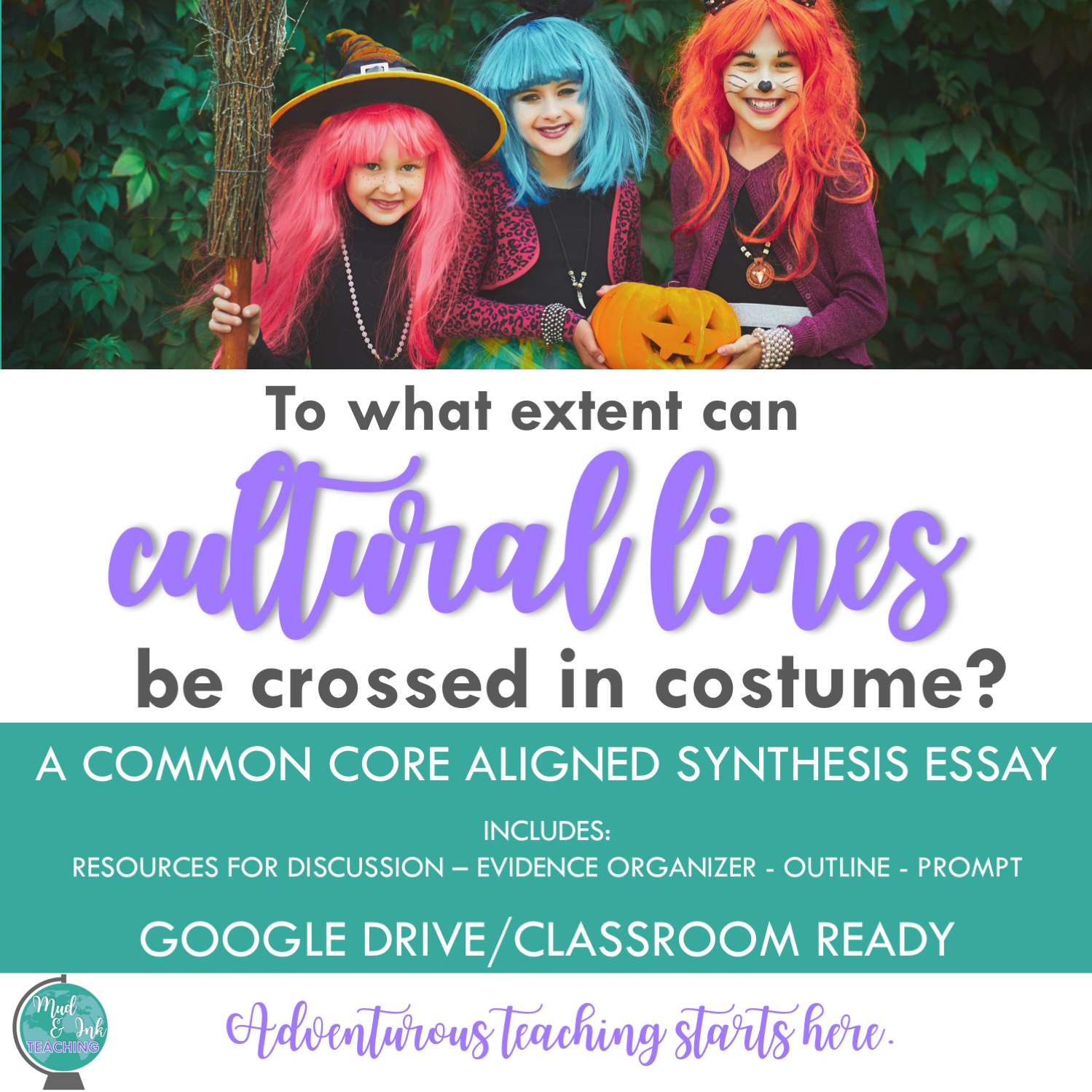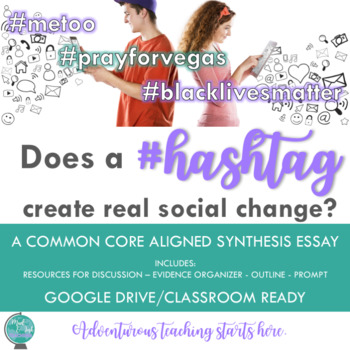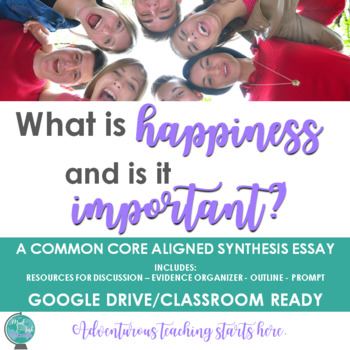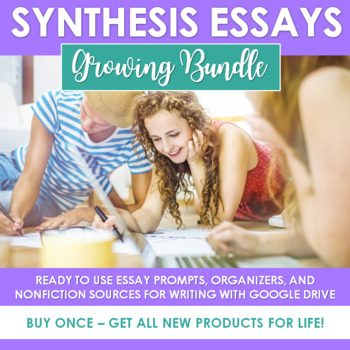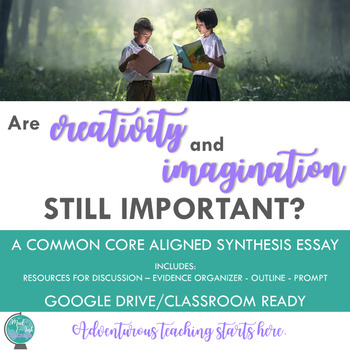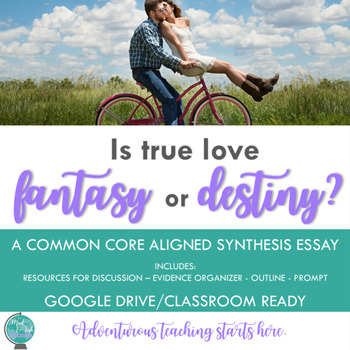Making Essential Questions ESSENTIAL
Making Essential Questions ESSENTIAL
(and why your curriculum feels clunky)
**If you’re new to the world of essential questions, I highly recommend you do a bit more background reading before continuing on with this post. Check out Grant Wiggins and Jay McTighe to start.**
Many teachers and districts have hopped on the essential questions trend, but time and time again in my conversations with teachers and administrators across the country, many are missing the point. Writing an essential question is more than just filling in another box on a curriculum map. They’re more than just a way to kick off a unit. Essential questions should be the vehicles that carry students to their essential understandings of each unit.
So where are teachers and curriculum writers taking a wrong turn? From my recreational “research” (casual conversations online and in person with teachers), there appear to be three big issues that are making essential questions in curriculum feel clunky.
1. Essential questions are created without backwards design
Backwards design is a cornerstone in curriculum development. When designing units (and school years), beginning with the end of the unit must be the first step for a team to take. When curriculum teams start building a unit with an essential question and NOT with a conversation about the essential understandings that teachers want students to have by the end of the unit, the essential question itself is doomed to fail in doing its job.
In a freshman English unit, for example, teachers might want students to end a unit by writing a narrative. If this is the case, elements of narrative and narrative-type assessments should be the focal point all throughout the unit. The essential question, too, must drive students to consider how narrative works. Perhaps the question might be, “To what extent can narrative transport a reader?” Now, the question is designed to drive the unit all the way through whatever selected texts are used AND ensure that students are not blindly walking into an assessment disconnected from the rest of the unit. The question also naturally calls for students to develop an opinion about narrative that should evolve across the course of studying the unit. By the time students get to the end of the unit, they should be well versed in the components of narrative that make it transformational for a reader and then able to attempt one of their own.
Instead, we have “required assessments” put in place from district offices. Then, a year or two later, well meaning teachers are told to include essential questions. Instead of starting with the assessment, they start with the themes of the novel they’re studying or a major skill that they perceive to be important. And although now essential questions are on the curriculum map, they’re not driving students to understanding or teachers to instructing.
2. There are too many essential questions on the table
If you’re struggling with using and revisiting essential questions in your classroom, consider this: do you have too many? Wiggins generally suggests having an OAEQ (overarching essential question) and then one other essential question that is a bit more specific. In terms of a English school year, I like to think of one overarching question for the year (all of English 2) and then an essential question that drives each unit. I’ve seen so many curriculum maps with four or five essential questions for just a single unit and wonder to myself so...which one is ESSENTIAL?
For students to delve deeply into the question, there need only be one or two to consider. Make it juicy, make it cultivate curiosity, and make it open to a wide variety of lenses. Then, ask that question over and over and over again as students learn more and see more of the world that you expose to them through the unit.
3. Students never respond to the essential question
They’re on the map, they’re on the handouts, and sometimes they’re even on the school website, but if essential questions are not in front of students to respond to during the unit, then how are they meaningful?
Many teachers start with good intentions. It’s an easy gateway to explore students first thoughts on the question at the start of a unit. But, so often, the question fades into the background and the content takes over. The novel or play takes over. The world war takes over. Intentionally designing opportunities for students to respond to the essential question formally and informally throughout the unit allows them to track how their thinking has grown and shifted. It’s how we help students make sense of why they’re learning what they’re learning.
Getting started with EQs and synthesis writing…
If you want to explore some mini-units that utilize essential questions, I’ve got a few you should try. These mini units provide teachers with an essential question, non fiction articles that respond to the question, a synthesis writing prompt, and writing outlines. As you get more comfortable with essential question units, these questions can incorporate more texts, novels even, and you can sprinkle the nonfiction articles throughout the semester.
